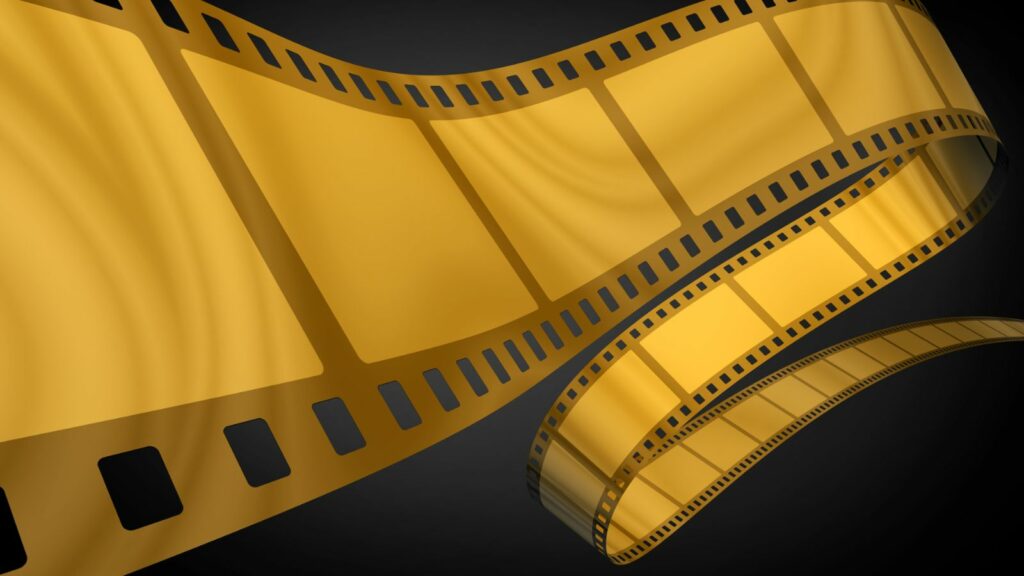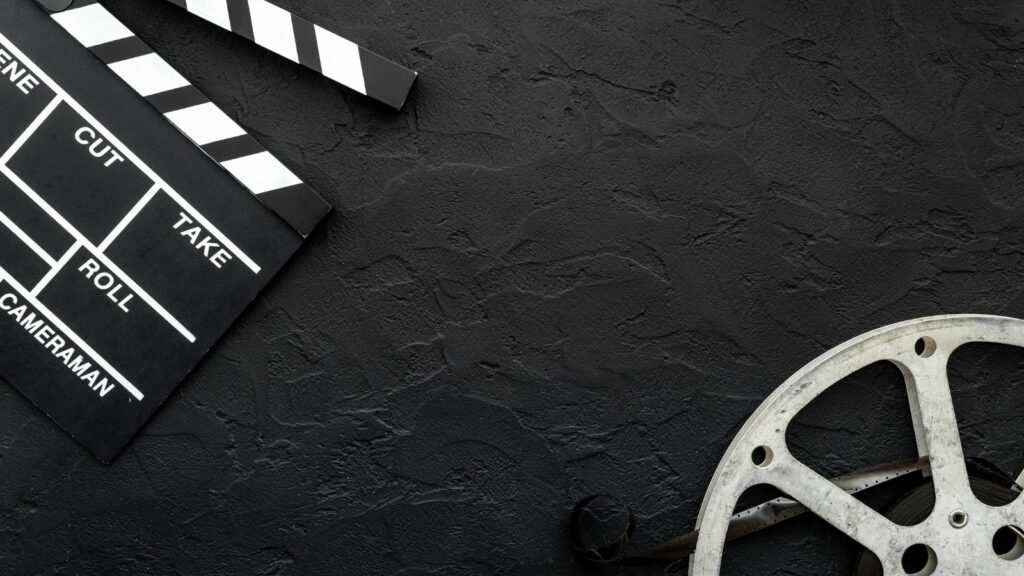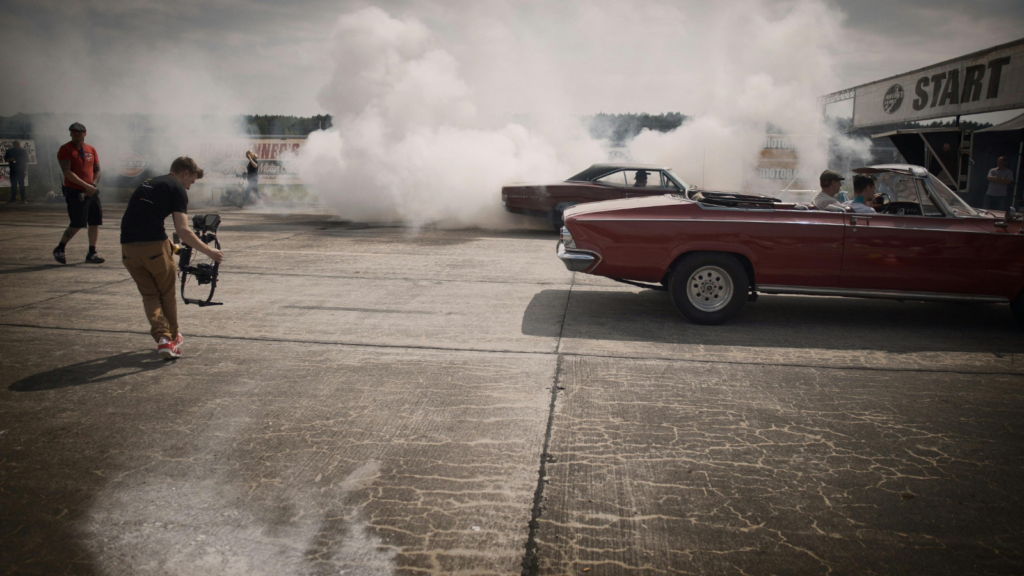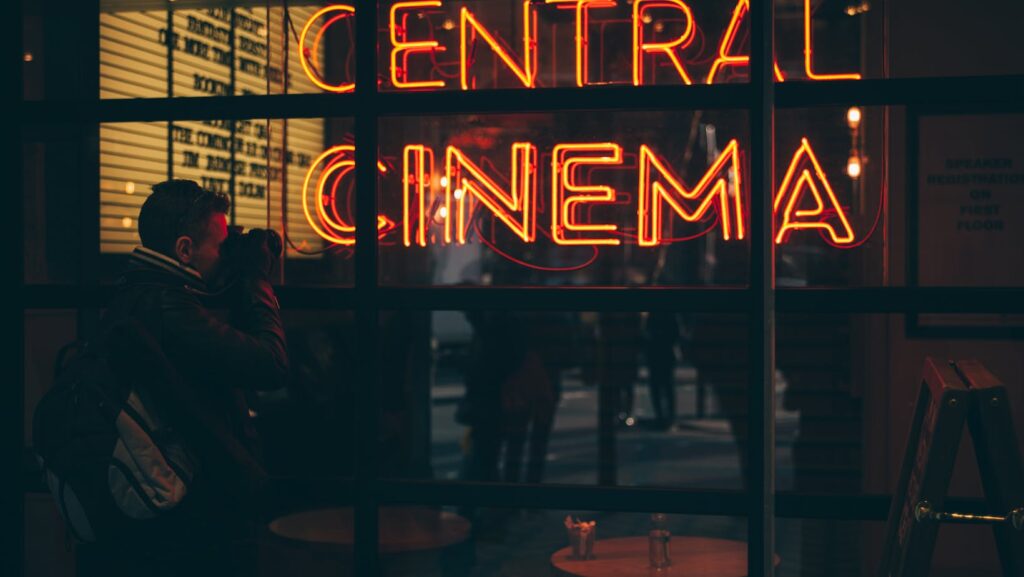The 1960s, a decade of profound change and revolution, was no different in the world of cinema. It was a time when filmmakers dared to push boundaries, challenging norms and reshaping the movie industry’s landscape. This era’s films weren’t just a source of entertainment; they were a reflection of the social, political, and cultural shifts occurring around the globe.
Movie Trends in the 1960s

Reflecting upon movie trends in the 1960s, one can witness a time marked by transformative changes. This dynamic period in cinema history delivered a shift from traditional movie making norms, leading to an infusion of new ideas and narratives.
A hallmark transition of the 1960s film industry was the shift from black-and-white to color. Technological advancements played a critical role in this transition. As color technology became more accessible, more directors started to use it in their films. It’s noteworthy that the increased use of color film not only elevated cinematic aesthetics but also introduced new ways of storytelling. Movies like “West Side Story,” “Bonnie and Clyde,” and “In the Heat of the Night” provide clear examples of how color was effectively used to enhance visual storytelling in the 1960s.
Key Film Genres of the 1960s
New Hollywood Cinema, also known as the “American New Wave,” emerged as a vital genre in the 1960s. Across Hollywood, filmmakers broke traditional codes, adopting unconventional storytelling techniques. Examples such as “Bonnie and Clyde” (1967) and “The Graduate” (1967) illustrate this stylistic shift, actively challenging established narrative norms in favor of more audacious plots and character arcs.

Simultaneously, the 1960s saw a surge in International Art Cinema. This genre, characterized by individualistic expression and radical experimentation, flourished notably across Europe. French New Wave films like “Breathless” (1960) and Italian Neorealism examples such as “La Dolce Vita” (1960) represent this trend. These films offered audiences new realms of cinematic expression, often blending reality with symbolism, thus deepening the narrative complexity.
Iconic Movies of the 1960s
Delving into the era’s landmark films, two movies spring to the forefront. Their monumental impact not only characterized the 1960s, but also continues to resonate with audiences and filmmakers alike. These films are Alfred Hitchcock’s horror masterpiece ‘Psycho’ and Stanley Kubrick’s science-fiction epic ‘2001: A Space Odyssey’.
Cultural Impact of ‘Psycho’
Alfred Hitchcock’s ‘Psycho’, released in 1960, challenged the conventions of the horror genre. As the first movie to show a toilet flushing on-screen, ‘Psycho’ disrupted a widely accepted taboo, proving cinema’s potential to push boundaries. The film’s shower scene, counting 78 shots in 45 seconds, emblematized Hitchcock’s prowess for effective suspense-building. ‘Psycho’s’ impact transcended the horror genre, influencing filmmakers to realize their power in manipulating audience emotions.
Transformational Significance of ‘2001: A Space Odyssey’

Stanley Kubrick’s ‘2001: A Space Odyssey’, released in 1968, revolutionized the sci-fi genre and cinema as a whole. The film’s meticulous attention to scientific accuracy, its groundbreaking special effects, and its innovative use of music were groundbreaking. Moreover, it avoided traditional narrative, choosing instead to communicate its themes – human evolution, technology, artificial intelligence, and extraterrestrial life – through visual and auditory experiences. These radical filmmaking practices were influential, encouraging subsequent directors to push the envelope of cinematic storytelling.
Traditional Storytelling
The movie trends in the 1960s were a time of cinematic revolution. It was a decade where filmmakers dared to challenge societal norms and push boundaries. With films like “Easy Rider” and “Midnight Cowboy”, they broke away from traditional storytelling. The influence of New Hollywood Cinema and International Art Cinema was palpable, with masterpieces like “Bonnie and Clyde” and “Breathless” changing the cinematic landscape. Meanwhile, ‘Psycho’ and ‘2001: A Space Odyssey’ redefined their respective genres, leaving a lasting impact. The movie trends in the 1960s weren’t just about the transition to color films or the counterculture movement’s influence. They were about innovation and experimentation, setting the stage for future cinema. As we look back, it’s clear that the 1960s were not just a decade but a milestone in movie history.


